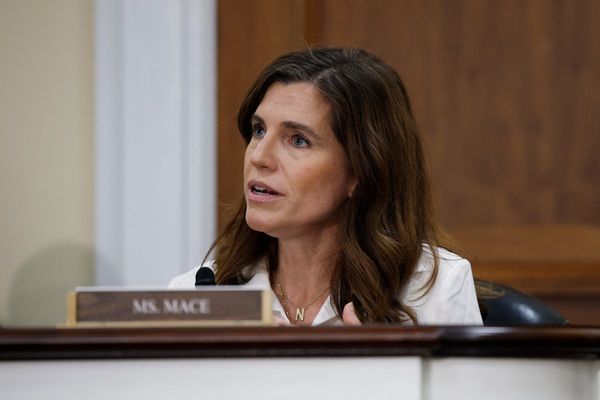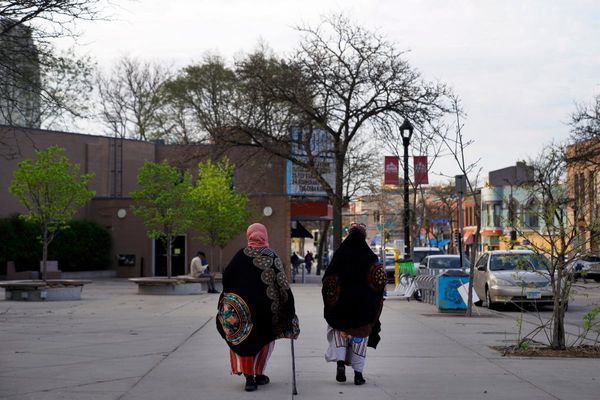
A haze hangs over many cities in India, including New Delhi. It contains poisons that can permanently debilitate millions of people; in fact it has already done that.
But it is nothing like the haze, the cloud of poison, that enveloped Bhopal, the capital of Madhya Pradesh late night on December 2, 1984. That night thousands died even as they tried to escape the cloud to avoid breathing in the poison. And they fell as they ran, because the poison entered their lungs. Those who survived continue to suffer the consequences of that night.
What links the current state of Indian cities, some of the most polluted in the world, and that night in Bhopal are several factors: negligence, indifference of those with the power to make things right, and the fact that the worst hit are also the poorest.
We have been compelled to remember the Bhopal disaster, when deadly methyl isocyanate (MIC) escaped from the fertiliser plant run by the Indian subsidiary of the US-based multinational company Union Carbide because after 40 years of campaigning and judicial intervention, some of the poisons that remain in the soil of the abandoned site have now been moved out, 337 tonnes to be exact.
The fact that this waste had to be moved out of Bhopal to the outskirts of another city, Indore, tells us a story that has not been reported. That the long-suffering population of Bhopal, that has lived with the consequences of being present when one of the world’s worst industrial accidents took place, would never have permitted a waste treatment plant in the city to deal with these poisons. So accompanied by high drama, the waste was transported to Pithampur outside Indore. Only to be met by stiff resistance from the population living there. And with good reason as explained here.
For the media, the Bhopal story reached a crescendo in the immediate aftermath of the terrible catastrophe but then ebbed and almost disappeared. Thereafter, it raised its head only when the victims of the disaster spoke up, demanding the disbursal of compensation and medical assistance, or to expose the fact that the poisons in the abandoned factory site were polluting the ground water in the areas around, and affecting the health of more people.
The problem with reporting only events, such as the moving out of waste from the Bhopal plant, without informing readers about the context, is that our understanding of what the Bhopal disaster really represented remains limited. At a time of distraction and diminished attention spans, there are generations that have grown up without knowing anything about the Bhopal disaster.
The Bhopal Gas Tragedy, as it is often called, was not just another accident. It was a story of negligence, exposed by brave local journalists like the late Raj Kumar Keswani, of the indifference of the state government in allowing people to inhabit areas around a plant using hazardous chemicals, and the shameful manner in which the central government reached a settlement with Union Carbide for what was considered even then a pittance: US $470 million. A powerful multinational company escaped criminal liability because it operated through a subsidiary in India. In the country of its origin, the US, it would not have escaped so lightly.
Meanwhile, the media has dropped the ball on tracking hazardous industries as it did in the years immediately after Bhopal. Then you would see some investigative stories about hazardous industries. These reports exposed how many of these industries were getting away with discharging toxic effluents into local water bodies without being monitored or checked. Journalists asked questions of pollution control boards. They exposed how inspectors were paid off by small and bigger industries to give them a clean chit. Some of this did result in pressure on hazardous industries to conform.
Forty years later, we do not read such stories. Does this mean industrial pollution has disappeared? Are our water bodies, especially in rural areas away from the media spotlight, free of such pollution? If people in these areas ask questions, or protest, do we hear about it?
These questions appear almost rhetorical because the answers are obvious. In small print, inside the city pages of some newspapers, you sometimes read stories about how in industrial estates, surrounded by settlements, there has been an explosion, or a leakage of hazardous chemicals. The locals protest. There is minimal coverage. And then nothing more. Was the company fined? Taken to court? Who inspected the factory? Why was the leak not detected? Who is responsible for the negligence? Was there any accountability?
Once again, the answers to these questions are obvious. Forty years after Bhopal, we have laws like the Environment Protection Act 1986. We have systems to check hazardous industries like pollution control boards. But essentially, it is business as usual.
Apart from the continued indifference of governments, at the state and central level, what remains true today as it was 40 years ago is that without civic activism and an empathetic media, nothing changes.
The other incident that ought to set off some introspection in the media is that of the tragic accident in Dima Hasao in Assam where nine miners were stuck inside a flooded “rat-hole” coal mine.
The description of such a mine, a “rat-hole”, illustrates the callous, almost murderous method, of retrieving coal because using machines is too expensive. Men are pushed down these holes with barely space to move and must manually dig out the coal, the black gold that will make some people rich. But in the process, these men, desperate for any kind of work, risk life and limb without much by way of compensation.
In 2014, the National Green Tribunal banned such rat-hole mines. There were no ifs and buts. They were banned. And yet, today we are reading about yet another disaster. As with Bhopal, in the post ban period, were there investigative stories to expose whether the ban was being observed at all? Were state governments doing anything to stop it?
Does the media always need a disaster, or the intervention of the court, to report on such environmentally dangerous and callous methods of mining? Will our media take its gaze away from politics and politicians for a moment to think about the continuance of rat-hole mining and what this means for the families of the men who drowned in the Dima Hasao rat-hole coal mine?
This column has asked questions because I believe that is the media’s job, one that it is barely doing today. The absence of such questioning reflects the same indifference for which we blame governments.
As always, there are honourable exceptions. But glance at your daily newspaper, and if you have the stomach for it, watch news on any television channel, and you would have to ask: Is there nothing else happening in India for the media to report apart from elections, politics and the exhortations of politicians?
At Newslaundry, we believe in holding power to account. That is why we have launched the Fight To Breathe. Here’s how you can join it.
Newslaundry is a reader-supported, ad-free, independent news outlet based out of New Delhi. Support their journalism, here.







